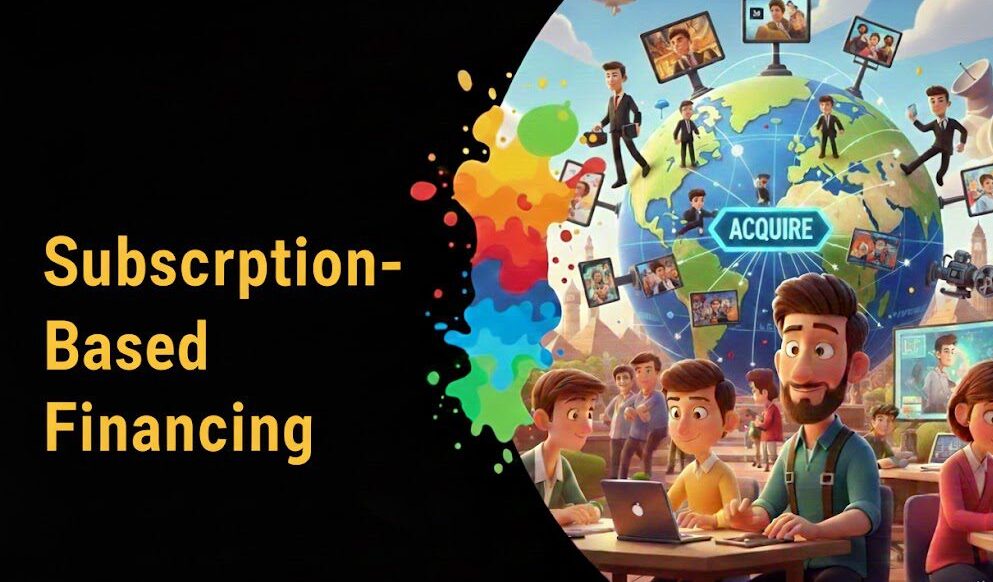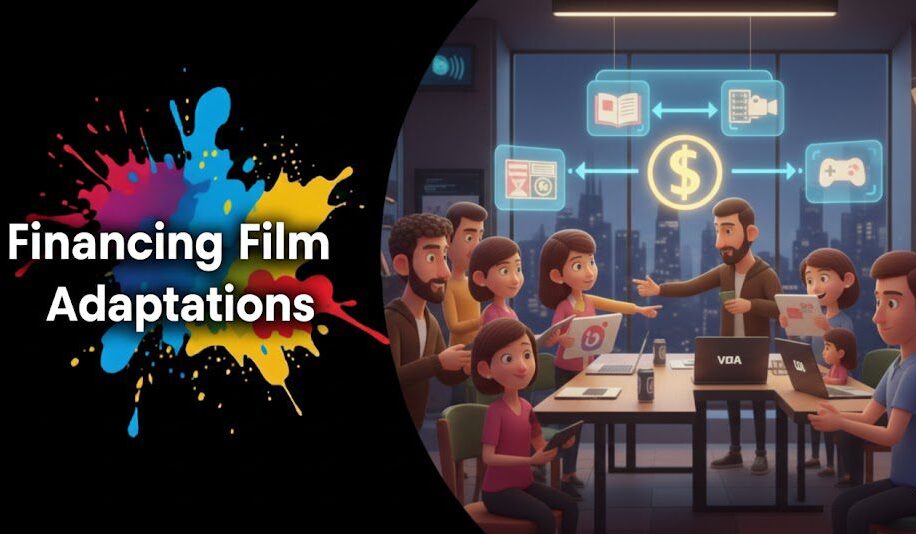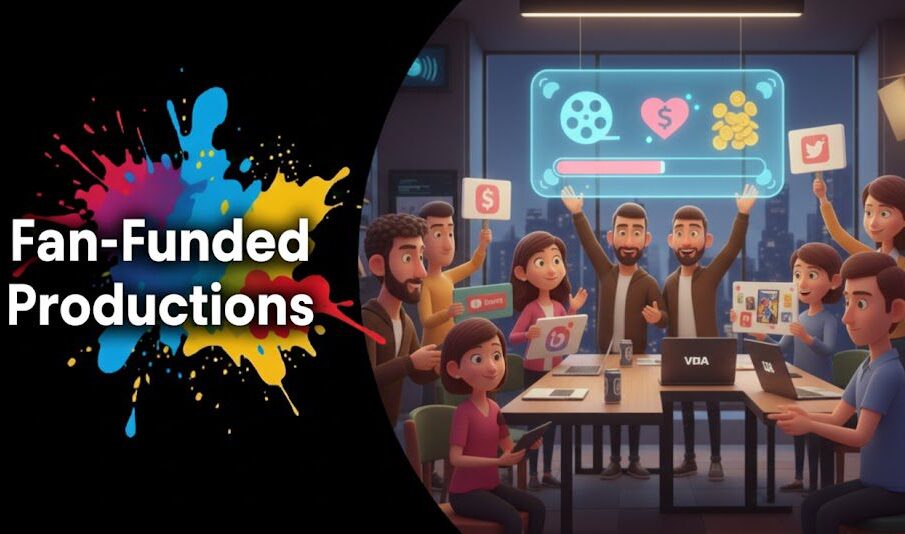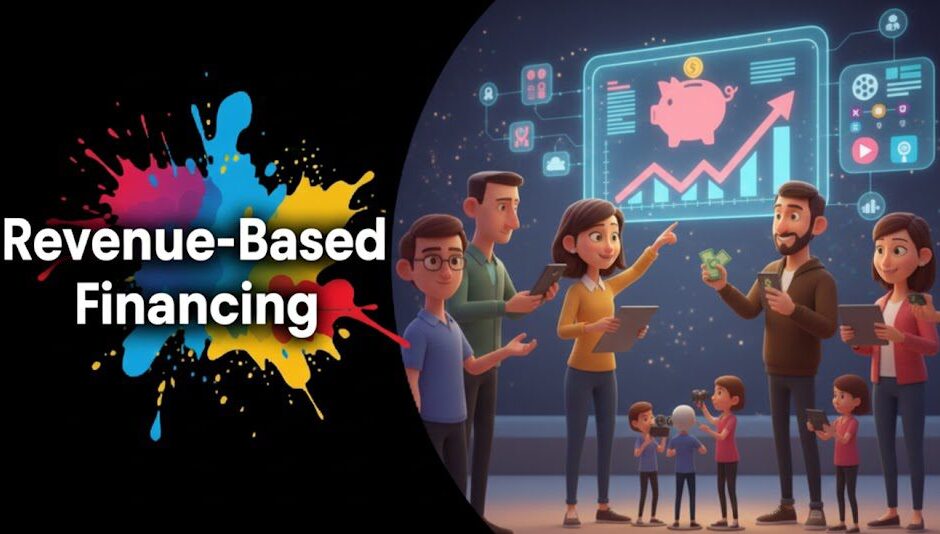Introduction
In a world that thrives on interconnectedness, communication across languages and cultures is pivotal. This is where Global Translation Standards play a transformative role, ensuring consistency and quality in translations across industries. From facilitating media localization to bridging cultural gaps in legal and healthcare translations, these standards set the benchmark for effective and accurate communication.
This article explores the importance, applications, and innovations in translation standards, alongside the challenges and benefits for businesses and stakeholders.
Key Takeaways
| Insight | Details |
| What are Global Translation Standards? | Defined benchmarks for quality and consistency in translations. |
| Industry Applications | Entertainment, legal, healthcare, gaming, and more. |
| Key Organizations | ISO, ASTM, and others shaping the global standards. |
| Challenges | Cross-cultural nuances, technology integration, and training. |
| Benefits | Improved accuracy, global market readiness, and consistency. |
Ready to Elevate Your Translation Quality?

Overview of Global Translation Standards
Translation standards are formalized benchmarks that dictate how translations should be executed, reviewed, and delivered. Governing bodies such as ISO (International Organization for Standardization) and ASTM International establish these guidelines to ensure uniformity and professionalism.
ISO Standards in Focus
- ISO 17100: This widely recognized standard outlines the requirements for translation services, focusing on processes, resources, and quality assurance.
- ISO 18587: Dedicated to post-editing machine translations to ensure quality.
Such standards enhance trust between stakeholders by delivering consistent results across projects and markets.
Industry-Specific Applications
Entertainment Industry
Localization is crucial in delivering culturally relevant content. Global translation standards govern processes like subtitling, dubbing, and media adaptation.
- Learn more about top localization companies adhering to standards here.
Legal and Healthcare Translation
- Legal Sector: Accuracy is paramount. Adhering to translation standards ensures that documents are precise and compliant with jurisdictional requirements.
- Healthcare Sector: From patient records to clinical trials, translation accuracy impacts lives directly. Standards minimize errors and maintain trust.
Want Reliable Localization Services?

Process and Implementation
Steps to Implement Translation Standards
- Assessment: Understand project-specific needs and applicable standards.
- Training: Ensure translators are certified in relevant ISO guidelines.
- Tools: Employ technologies like CAT (Computer-Assisted Translation) tools and AI-driven platforms.
Tools for Compliance
Platforms like those featured in Professional Localization Services simplify adherence by integrating AI and quality assurance workflows.
Technology and Innovation
AI in Translation Standards
AI and machine learning are reshaping localization, ensuring faster yet consistent results. For example, AI-driven platforms can pre-edit translations to align with ISO 17100.
Emerging Trends
- Standardization of subtitles for global streaming platforms.
- Advanced algorithms for cultural adaptation in gaming and media.
Enhance Your Global Reach Today!

Challenges and Solutions
Common Challenges
- Navigating cross-cultural nuances.
- Integrating standards with machine translation.
- Training professionals on complex guidelines.
Solutions
- Use AI tools to bridge gaps between global standards and regional preferences.
- Offer training programs for translators to master international benchmarks.
Emerging Trends and Opportunities
Entertainment and Gaming
- Streaming platforms like Netflix rely on standardized subtitling for global audiences.
- In gaming, localized experiences tailored to regional preferences are growing trends.
Advances in Localization
- AI-enhanced solutions are now pivotal in meeting tight deadlines while adhering to standards.
Benefits for Stakeholders
For Businesses
- Adopting global translation standards enhances trust and consistency.
- Vendors and production companies gain competitive advantages by showcasing compliance.
- Learn how professional services can elevate your localization game here.
For Buyers and Distributors
- Translation standards ensure accuracy in global content distribution.
- Buyers benefit from reliability and cultural relevance.
Key-Takeaways
Global Translation Standards are the backbone of effective communication in a connected world. By adhering to these benchmarks, businesses can ensure quality, build trust, and achieve global reach. From entertainment to healthcare, these standards empower stakeholders across industries, ensuring that language is never a barrier to success.
Frequently Asked Questions
Formal guidelines for ensuring quality and consistency in translations worldwide.
They ensure that translations are accurate, culturally appropriate, and market-ready.
It streamlines processes, reduces errors, and builds trust with clients.
Entertainment, healthcare, legal, and gaming industries prominently use these standards.
AI enhances speed and precision, ensuring adherence to global benchmarks.


































